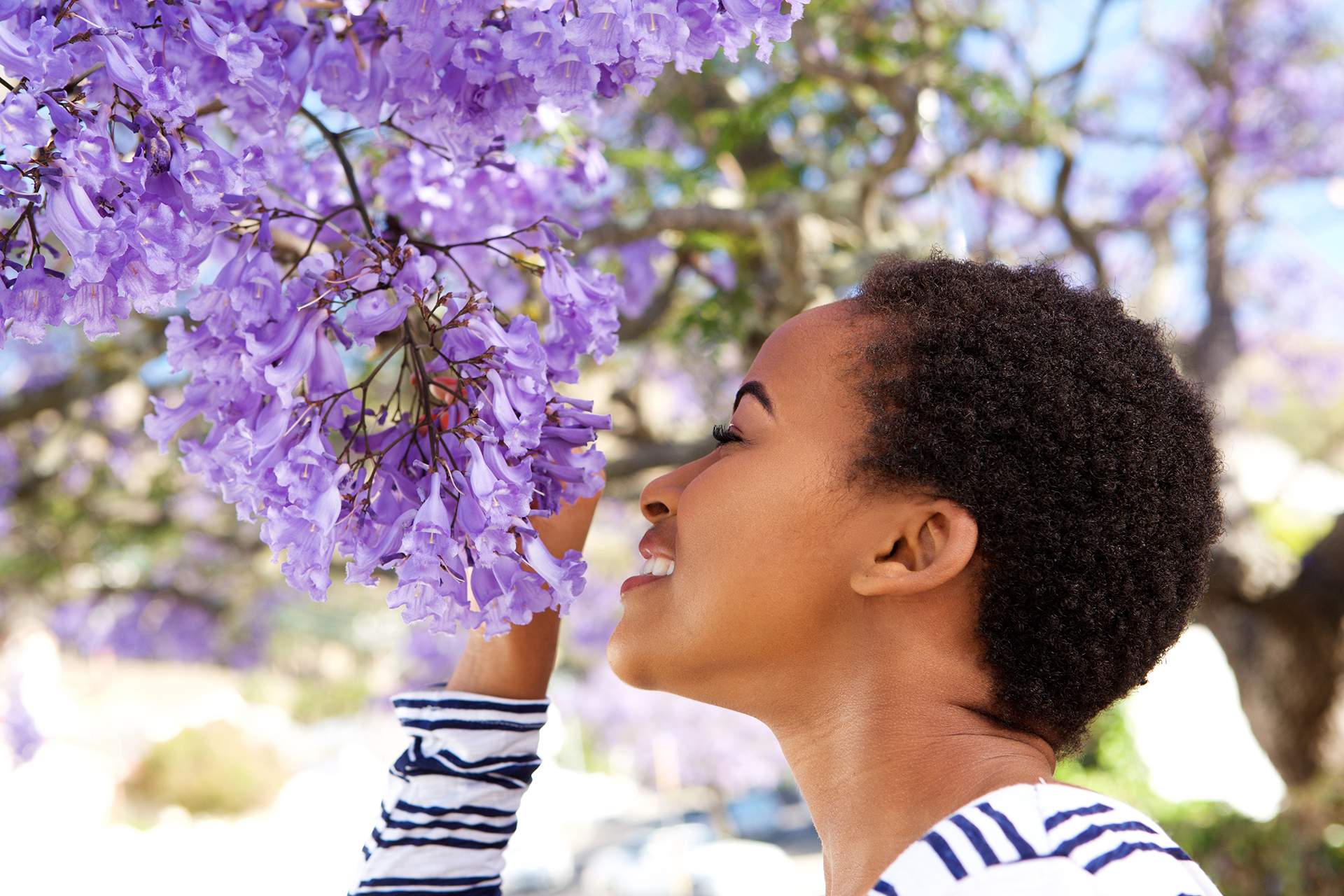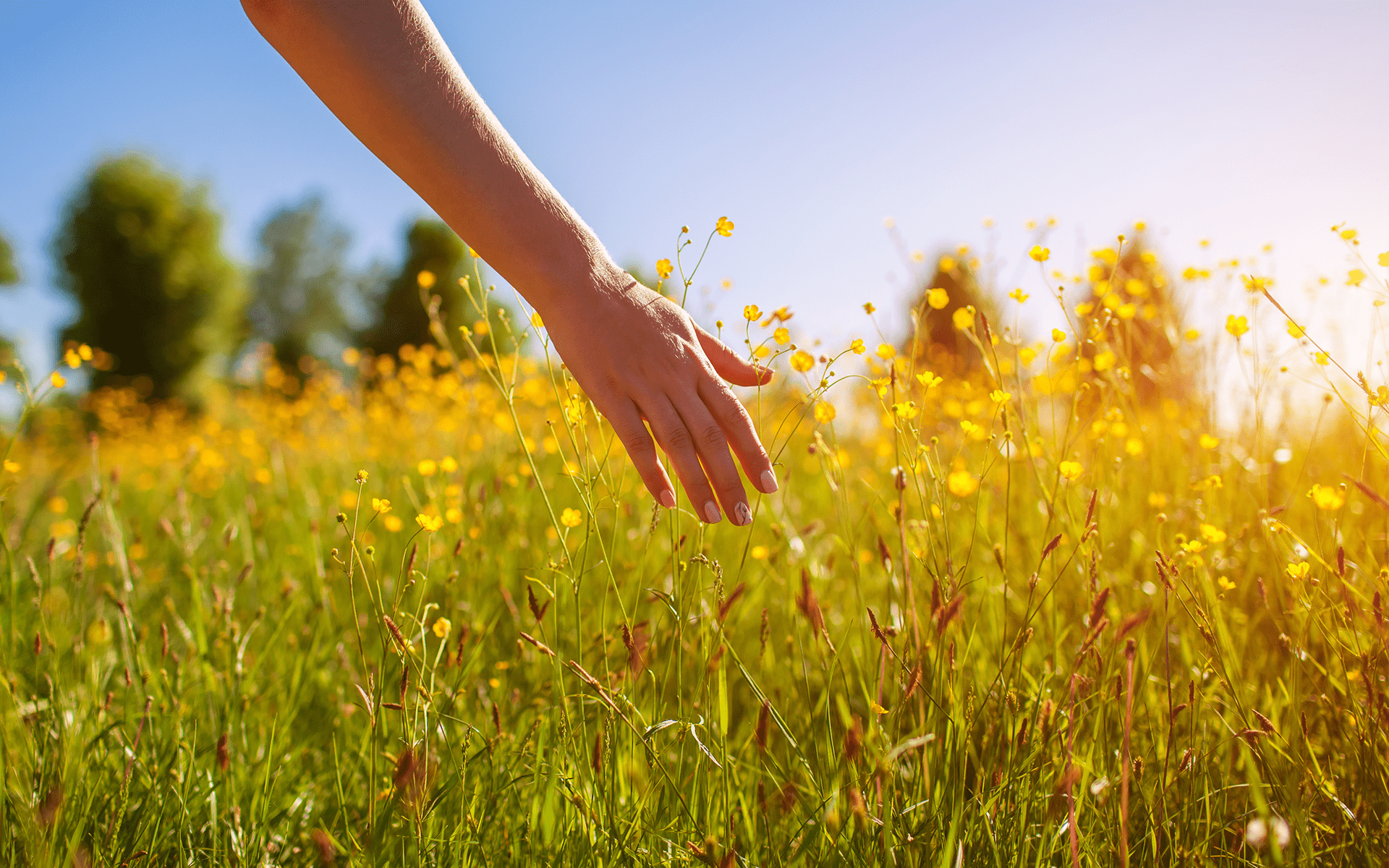Nature knows how to rest. Nature restores, regenerates, and renews itself continually in a process of oscillation between activity and periods of rest. We can see this with the changing seasons, the ebb and flow of the tide, the rising and setting of the sun.
As human beings, I think we really get the activity part down pat, but I don’t know if we get the rest part as well. So in this practice (based on my story in the August issue of Mindful magazine about what nature can teach us about thriving in adversity), I’ll be guiding you to notice areas of rest in the body to relax and renew.
Nature restores, regenerates, and renews itself continually in a process of oscillation between activity and periods of rest.
Sometimes rest can be subtle. You may not find it in the body. If you don’t find rest in the body, don’t worry. You can always focus on the movement of the breath, particularly noticing the exhalation of the breath. That’s a natural place of release. Other times when we bring attention into the body, we become more aware of what doesn’t feel good, what’s unpleasant or painful. If that happens, you can work with that in a number of ways. You can become curious about those sensations and notice them. If it’s too overwhelming, you can devote attention to the breath and the neutrality of that experience. Or you can always just stop practicing. Let’s begin.
A 14-Minute Meditation to Connect with Nature
A Practice to Invite Nature Into Your Life
- Close your eyes, if that’s comfortable for you. And if for any reason that’s not comfortable, you always have the option of just holding your eyes open in a soft gaze.
- Take a few moments to find a posture that supports your wakeful yet relaxed attention.
- One of the ways that we can create a sense of relaxation and rest in the body is to mechanically release some of the tension that often accrues throughout our day. So, for example, just open and close your jaw a few times. Notice, after doing that, if you feel that area of the body is a bit looser or more relaxed.
- We can also move the shoulders, bringing them up and down and around, either in a forward to back motion or a back to forward motion. Roll the shoulders a few times and notice the subtlety of the sensations in this movement. When you stop rolling the shoulders, notice if any tension has been released.
- Another way we can invite rest and relaxation into the body is to notice areas of tension and then soften around them. So bring your attention to your eyes. Notice the small muscles around the eyes. If there’s gripping here, just soften the eyes and allow them to float in their sockets like buoys in an ocean. Soften your tongue in your mouth. Let your shoulders drape along the sides of your body like curtains hanging from a rod. And soften the belly.
- Allow your breath to move freely into the core of the body. As we soften, we open. And as we open, we relax.
- Now notice areas of the body where there might not be much activity. We can consider these areas of rest in the body.
- Direct your attention to your eyebrows (an area that we might identify as restful) and notice the lack of sensation there. Another novel area to attend to are the earlobes. This is a bit conceptual, but you can notice the space where you imagine your earlobes to be. Notice the lack of sensation there or the relative lack of sensation as a place of rest.
- Notice the area behind your knees. Or the soles of your feet. You might feel some sensation in the feet, but it might also be less active than other areas of the body. Find the places of rest in the body and allow your attention to abide in that overall feeling.
- We can direct our attention now to the breath, placing particular emphasis on the exhalation. Allow your attention to align with that natural letting go and release in the body. And if as you do this practice you encounter sensations that are not pleasant for you, you can just stay with the breath. Or if the sensations are too overwhelming, you can stop practicing altogether. But if you find this practice pleasant, emphasize that pleasant aspect of rest in the body, the sense of relaxation with each exhalation.
- If thoughts arise in the form of the images or mental chatter, allow those to fall into the background. In the foreground, emphasize this quality of rest found in the breath or throughout the body.
- Stay with the breath and the sensations of rest in the body as best you can. In a few moments, I’ll bring our practice to a close, but before I do, just check in with yourself. Notice if you feel more restful after practicing in this way. After mechanically releasing some tension, bringing awareness to areas of the body that might have been tense. There are many ways that we can notice rest in the body. And like nature, it’s part of our nature.
read more
What Nature Teaches Us About Well-Being
What can we learn from nature as a teacher? The natural world and its processes mirror the flexibility, creativity, and resilience that’s already within us, just waiting to unfurl.
Read More
How to Invite Nature Into Your Life
Next time you step outside, try these three simple practices to be fully present to the benefits of nature.
Read More
Use Your Five Senses to Connect With Nature
Tuning in to your senses can help you experience and benefit from the bounty that nature offers—no matter where you live.
Read More









